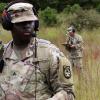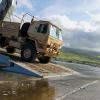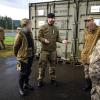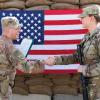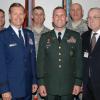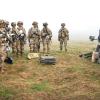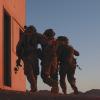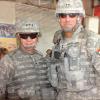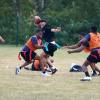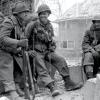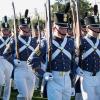Intrepid Warriors on Dangerous Missions
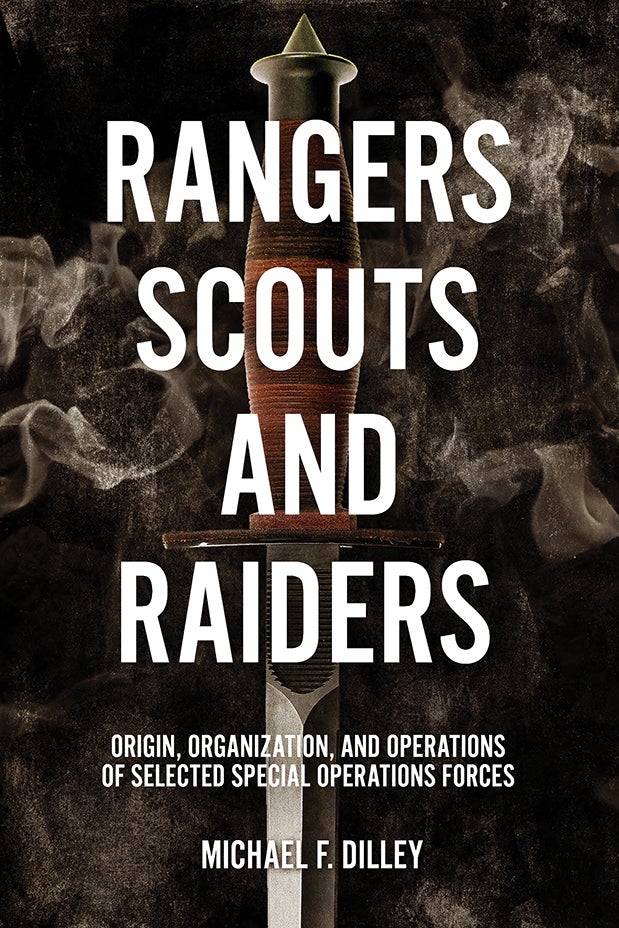
Rangers, Scouts, and Raiders: Origin, Organization, and Operations of Selected Special Operations Forces. Michael Dilley. Casemate Publishers. 240 pages. $34.95
By Command Sgt. Maj. Jimmie Spencer, U.S. Army retired
The need for military special mission units in times of conflict is well documented. Military history is replete with examples of special operations missions that played a decisive role in the outcome of the conflict. Such units have been part of American history since even before the Revolutionary War.
Soldier and historian...


